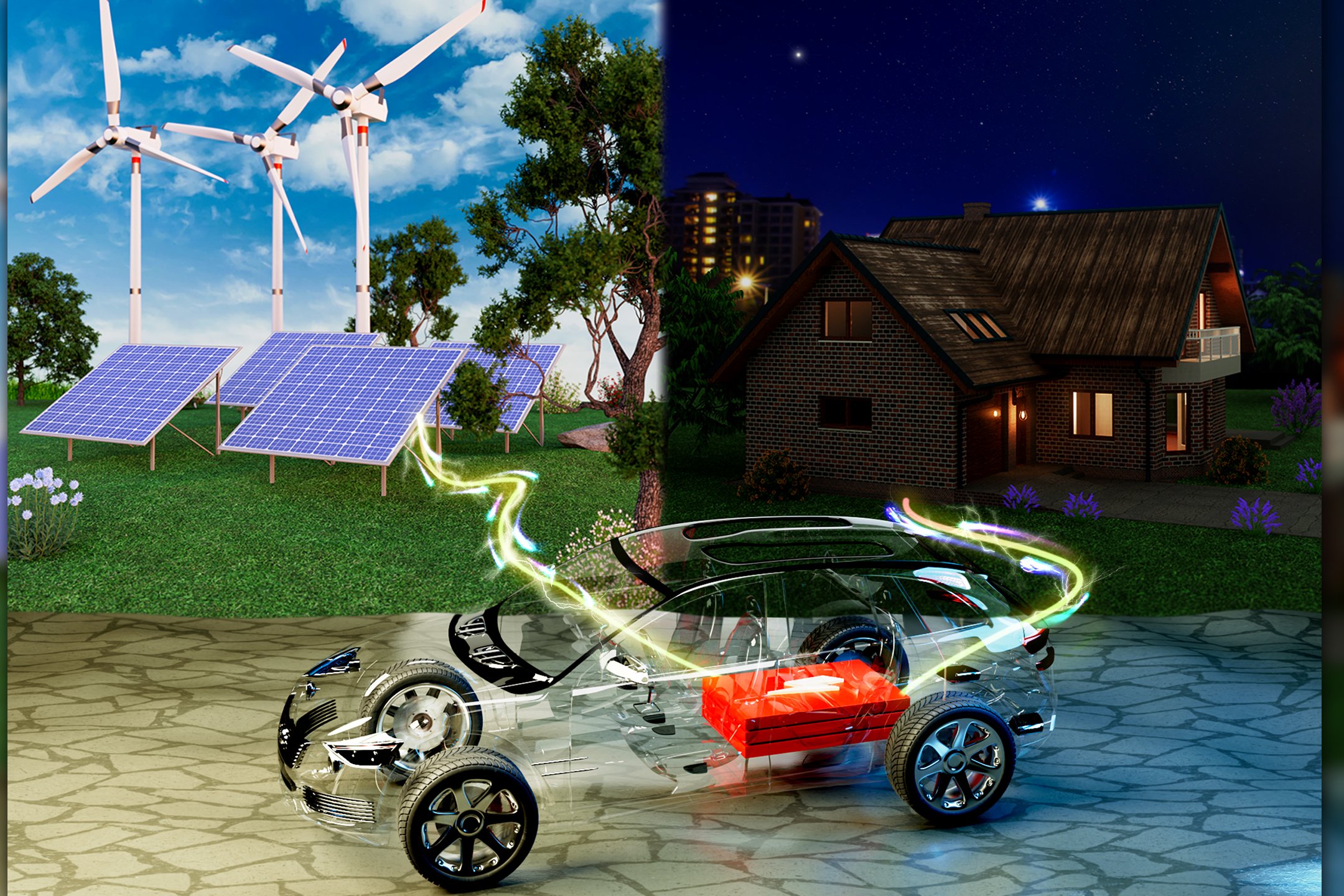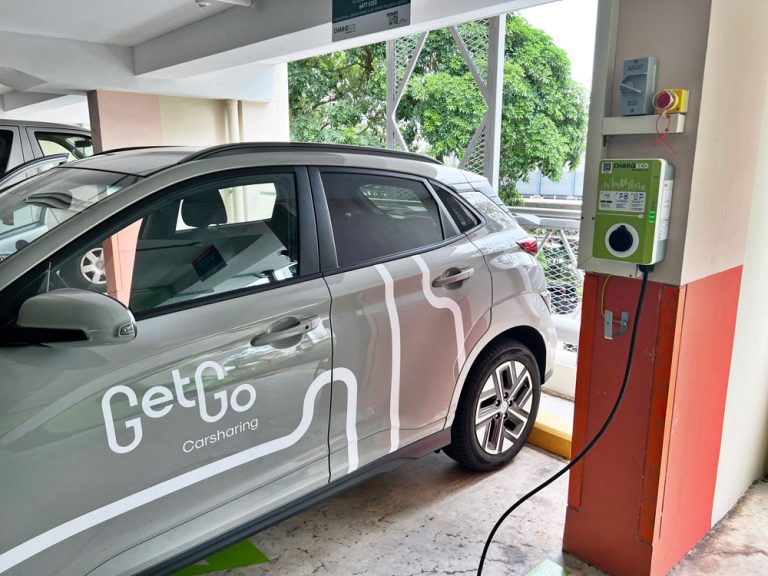Off Grid Electric Car Charging : Sustainable Solutions for Eco-friendly Driving
As the world shifts towards renewable energy, off-grid electric car charging is becoming an increasingly popular and feasible option. With the evolution of electric vehicles (EVs) and advancements in solar technology, off-grid charging offers a sustainable and independent solution for powering these eco-friendly cars.

Credit: news.mit.edu
Why Off-Grid Electric Car Charging?
Off-grid electric car charging eliminates the reliance on traditional energy sources and grid infrastructure. This is particularly beneficial in remote areas where access to power grids may be limited. By harnessing solar energy, EV owners can charge their vehicles without contributing to carbon emissions or relying on non-renewable energy sources.
Advantages Of Off-grid Charging
There are several advantages to off-grid electric car charging, including:
- Sustainability: Off-grid charging reduces the carbon footprint associated with EV charging by utilizing renewable solar energy.
- Independence: EV owners can maintain independence from traditional power sources and grid infrastructure, making it an ideal solution for remote locations.
- Cost Savings: Over time, off-grid charging can lead to significant cost savings compared to traditional grid-based charging, as it relies on free solar energy.
- Resilience: Off-grid systems provide resilience in the face of power outages and grid disruptions, ensuring uninterrupted charging capabilities.
How Off-Grid Electric Car Charging Works
Off-grid electric car charging systems typically consist of solar panels, energy storage batteries, and electric vehicle chargers. The process involves the following steps:
- Solar panels collect sunlight and convert it into DC electricity.
- The DC electricity is fed into an inverter, which converts it into AC electricity suitable for charging EVs.
- The energy storage batteries store excess energy generated during daylight hours for use during periods of low sunlight or at night.
- An electric vehicle charger connects to the energy storage system and charges the EV using the stored solar energy.
Key Components Of Off-grid Charging Systems
Off-grid electric car charging systems consist of several key components, including:
| Component | Function |
|---|---|
| Solar Panels | Generate electricity from sunlight |
| Energy Storage Batteries | Store surplus solar energy for later use |
| Inverter | Convert DC electricity from solar panels into AC electricity |
| Electric Vehicle Charger | Connects to the energy storage system to charge the EV |
Considerations for Off-Grid EV Charging
While off-grid electric car charging offers numerous benefits, there are some important considerations for those contemplating this approach:
- Energy Storage Capacity: It is crucial to ensure that the energy storage system has adequate capacity to meet the charging needs of the EV, especially during periods of low sunlight.
- Charging Efficiency: Off-grid charging systems should be designed to maximize charging efficiency and minimize energy losses during the charging process.
- Scalability: For future expansion or increased charging demand, the off-grid system should be scalable to accommodate additional solar panels and energy storage capacity.
- Maintenance and Monitoring: Regular maintenance and monitoring of the off-grid system are essential to ensure optimal performance and longevity.
The Future of Off-Grid Electric Car Charging
As technology continues to advance and the demand for sustainable transportation grows, off-grid electric car charging is likely to play a significant role in the future of EV infrastructure. Innovations in solar energy storage and charging technologies will further enhance the viability and efficiency of off-grid systems, making them an increasingly attractive option for EV owners.
With its environmental benefits, cost savings, and resilience, off-grid electric car charging represents a compelling solution for powering electric vehicles in a sustainable and independent manner.




